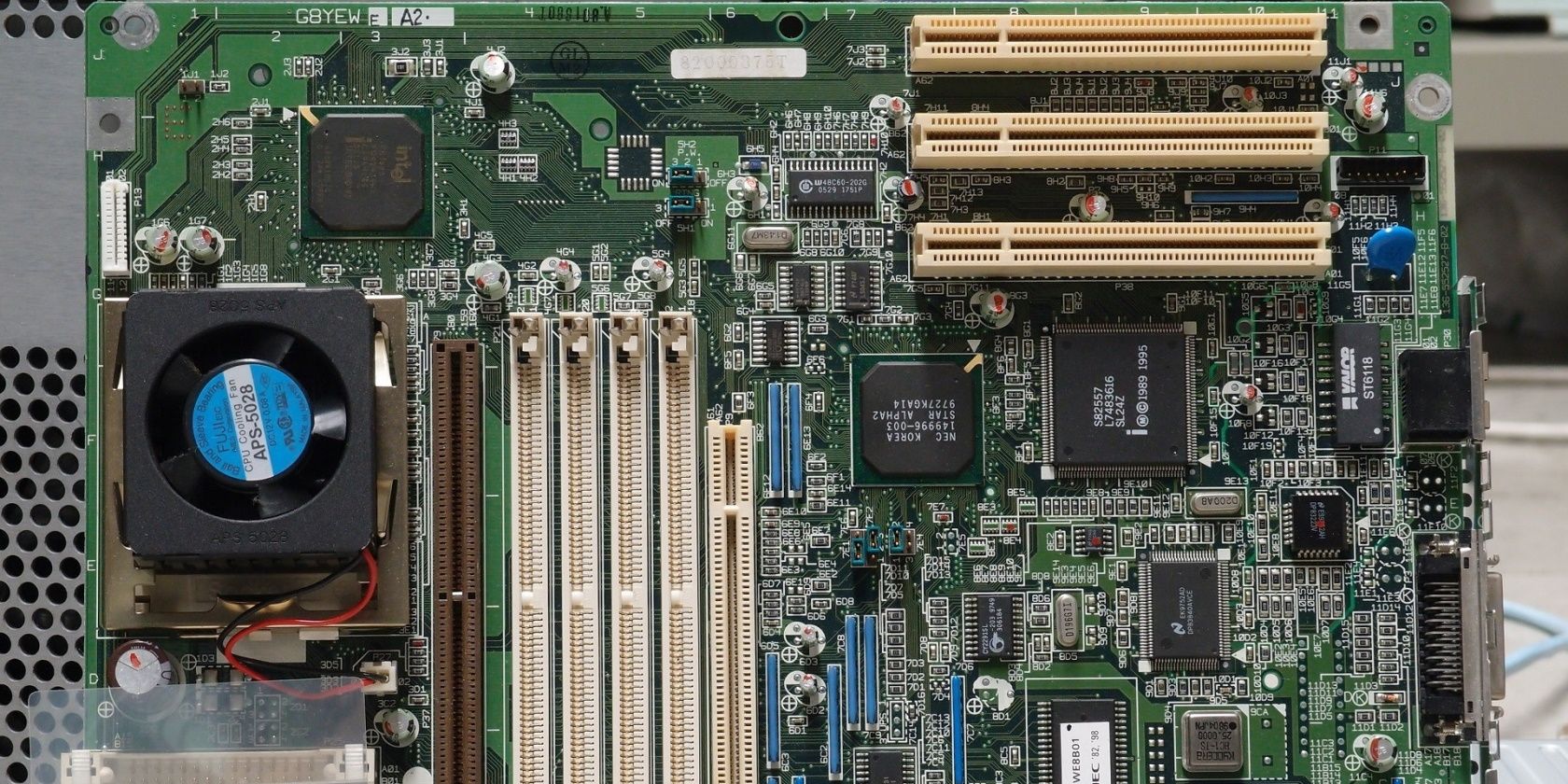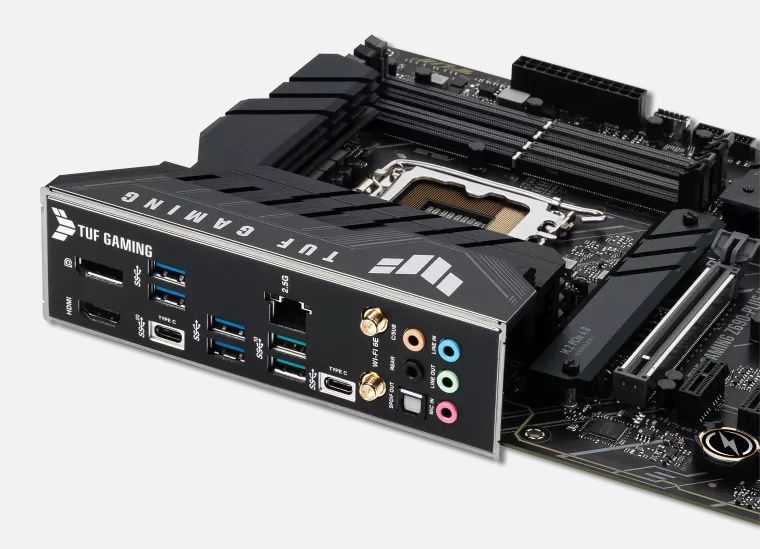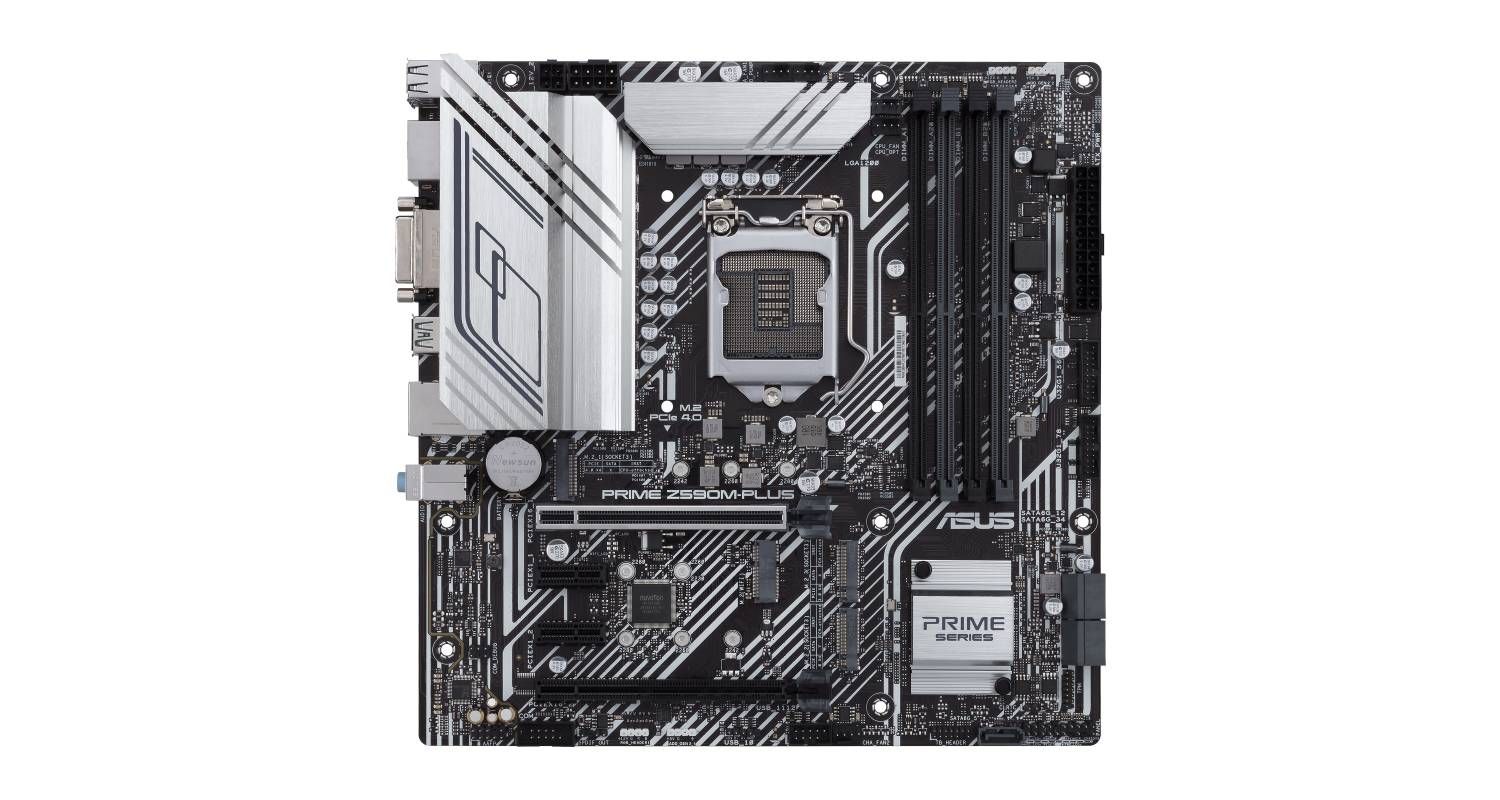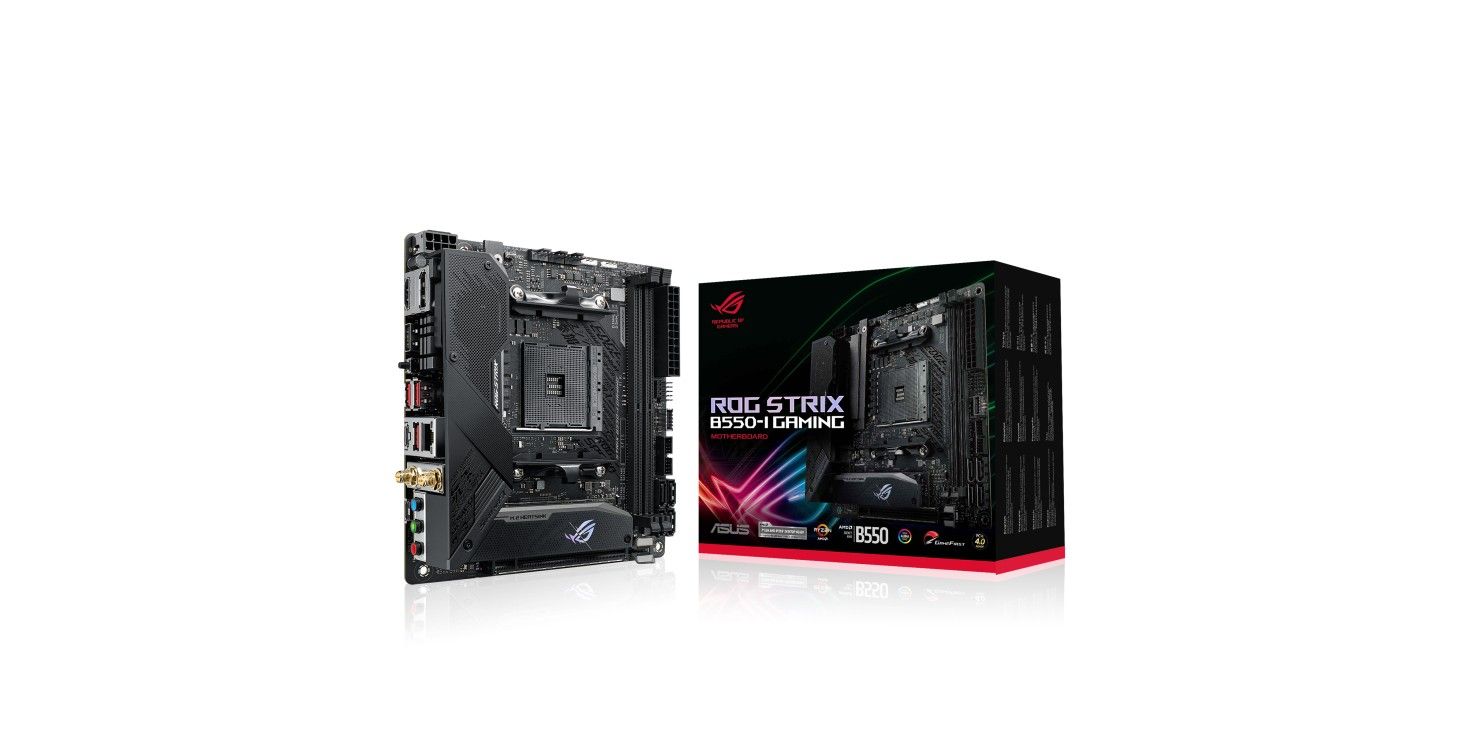While motherboard sizes are mostly standardized thanks to the ATX standard, motherboards still come in multiple sizes. All those sizes are standardized, but as someone new to PC building, you might be left a little confused by the difference between motherboard sizes and whether there are any other differences rather than just size.
While several sizes are out there, most people only care about three: ATX, Micro ATX, and Mini ITX. How big of a difference between all three is there, and which one should you get?
ATX: The Big and Bold
ATX was the original standard that replaced AT and Baby AT in 1995. It was developed by Intel and soon took over everyone else, quickly becoming the reigning motherboard standard.
The standard ATX size is close in dimensions to the older Baby AT format, but not quite. While Baby AT is 8.5 inches by 13 inches, ATX is slightly shorter but wider, at 9.6 inches by 12 inches. An ATX motherboard can fit many components, such as one CPU socket, up to four RAM slots, and multiple PCI Express slots, as well as all the necessary power connectors from your power supply (which are also part of the ATX standard since it's made to fit these motherboards).
ATX motherboards typically fit best inside either a half-tower or a full-tower, but they will not fit in smaller cases, something you need to consider when purchasing. In the market, this size is typically mostly reserved for mid-range to high-end motherboards since it has enough size to accommodate everything an average PC user or enthusiast would need.
Micro ATX: The Middle Sibling
While it's a variation of the original ATX size, Micro ATX might actually be a more common sight than standard ATX. Micro ATX is a more prevalent sight on office PCs and non-gaming pre-builts. But don't let that earlier statement fool you—there are still plenty of gaming-oriented Micro ATX motherboards as well, with some caveats that we'll mention later.
Micro ATX is similar in size to a regular ATX motherboard, removing some vertical size, sitting at 9.6 inches by 9.6 inches. So while ATX is a rectangle, Micro ATX is square-shaped. You have many of the same commodities ATX has, including four RAM slots, but you have fewer PCI Express slots as a result of the reduced space. Aside from less expandability, though, you can expect Micro ATX boards to be very similar to their ATX counterparts.
Micro ATX can fit in all the cases ATX can fit in while allowing you to go slightly smaller. This size is mostly reserved for low-end to mid-range boards, and high-end motherboards are actually a rare sight. There's no technical impediment keeping manufacturers from making Z690 or X570 Micro ATX boards, but you probably won't find them from major motherboard makers. If we look deeper, it's probably a demand issue—if you can afford a high-end case, you're probably either going all in with a case that can fit ATX, or you're going full SFF with Mini ITX.
Some gaming PCs use Micro ATX, but they'll typically be lower-end or mid-range. It's also a common sight on office PCs since they're more modestly sized rather than being an imponent tower.
Mini ITX: SFF Fever
We just mentioned Mini ITX in the last section, so let's break it down. It's the smallest form factor in this list by far, but many gaming PCs are powered by motherboards this size.
Originally, they were a niche form factor developed by Via Technologies in 2001, but they gained steam several years later. They're 6.7 inches by 6.7 inches, so they're a good chunk smaller than Micro ATX. This size starts to come at the expense of some features. Most Mini ITX motherboards come with only two RAM slots and one single PCI Express slot with 16 lanes.
They gained steam thanks to small form factor (SFF) PCs becoming popular over the years. Some PCs are built to be roughly the same size or slightly bigger than a game console, and while building difficulty varies as you go smaller, a Mini ITX case is a must. For that reason, they're available for everything from low-end to full high-end.
Are There Other Motherboard Sizes?
While we already mentioned the three most common motherboard sizes, there are plenty of others that you might want to be aware of. Unfortunately, these are not commonly seen outside super-premium, server, or otherwise niche PCs.
E-ATX
E-ATX is short for Extended ATX, and it's actually the biggest motherboard size out there. They are 13 inches by 12 inches—the same vertical size as ATX but considerably wider. On these motherboards, it's common to find bigger CPU sockets that can accommodate server/enthusiast chips, as well as up to eight RAM slots.
You might see these in a server/super enthusiast context more than anything.
Flex ATX
In terms of size, Flex ATX is actually somewhere in between Micro ATX and Mini ITX, sitting at 9 inches by 7.5 inches. You won't really find a lot of Flex ATX motherboards out there, but you might occasionally see one inside of a low-end, prebuilt PC for something like an office.
Mini/Micro STX
Finally, we have the smallest size on this list: Mini STX. This standard was developed by Intel and sits at 5.8 inches by 5.9 inches. So while it manages to undercut the size of Mini ITX, it does so at the cost of expandability. You have no PCI Express expansion (some of these motherboards will include an MXM port if you need to plug in a PCIe peripheral), and the RAM slots are downgraded to laptop SODIMM slots, of which you still only have two.
Know Your Different Motherboard Sizes
There's a motherboard size for everyone. There's really no wrong choice, as all of them will perform and function the exact same. The only differences are in the size and the features they include.
Make a choice, pick a case that can fit it, and you'll be good to go.




